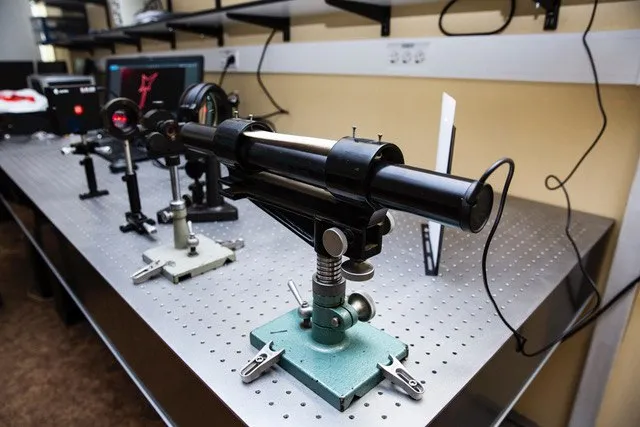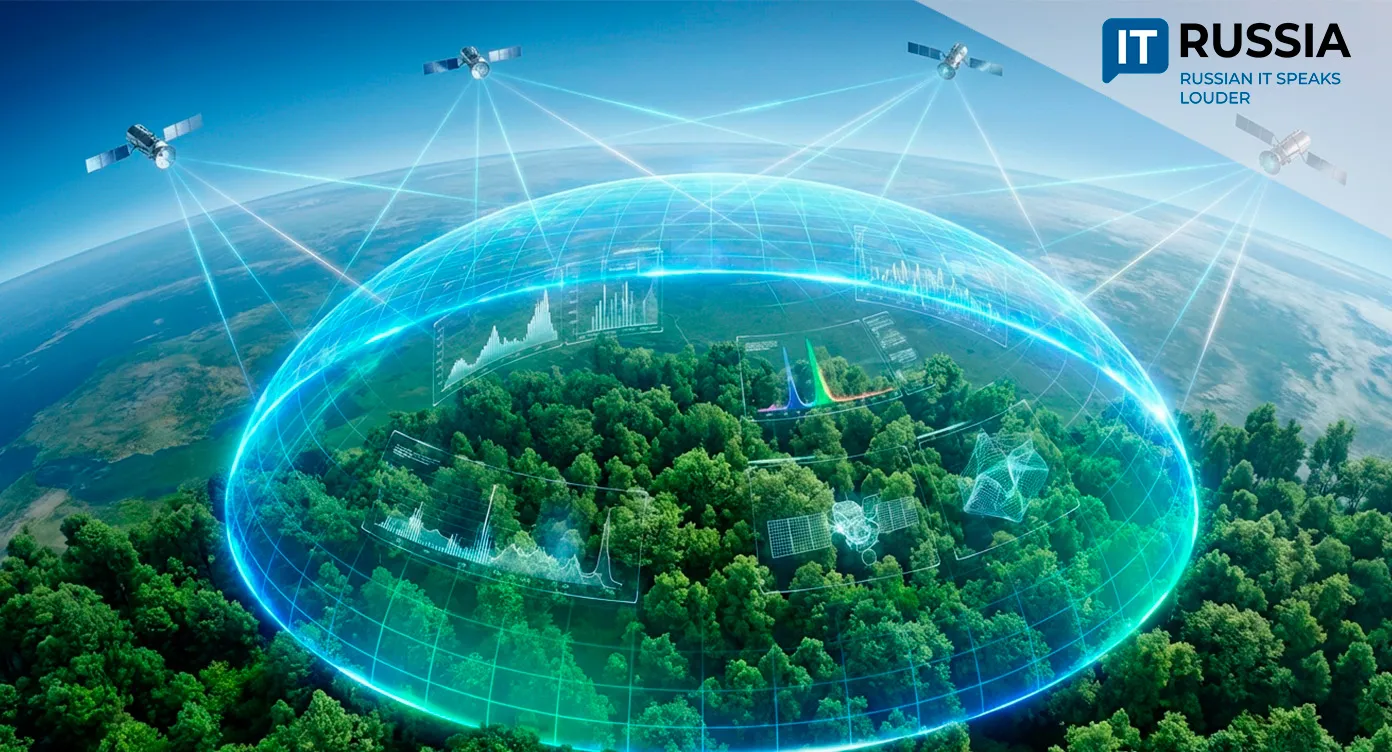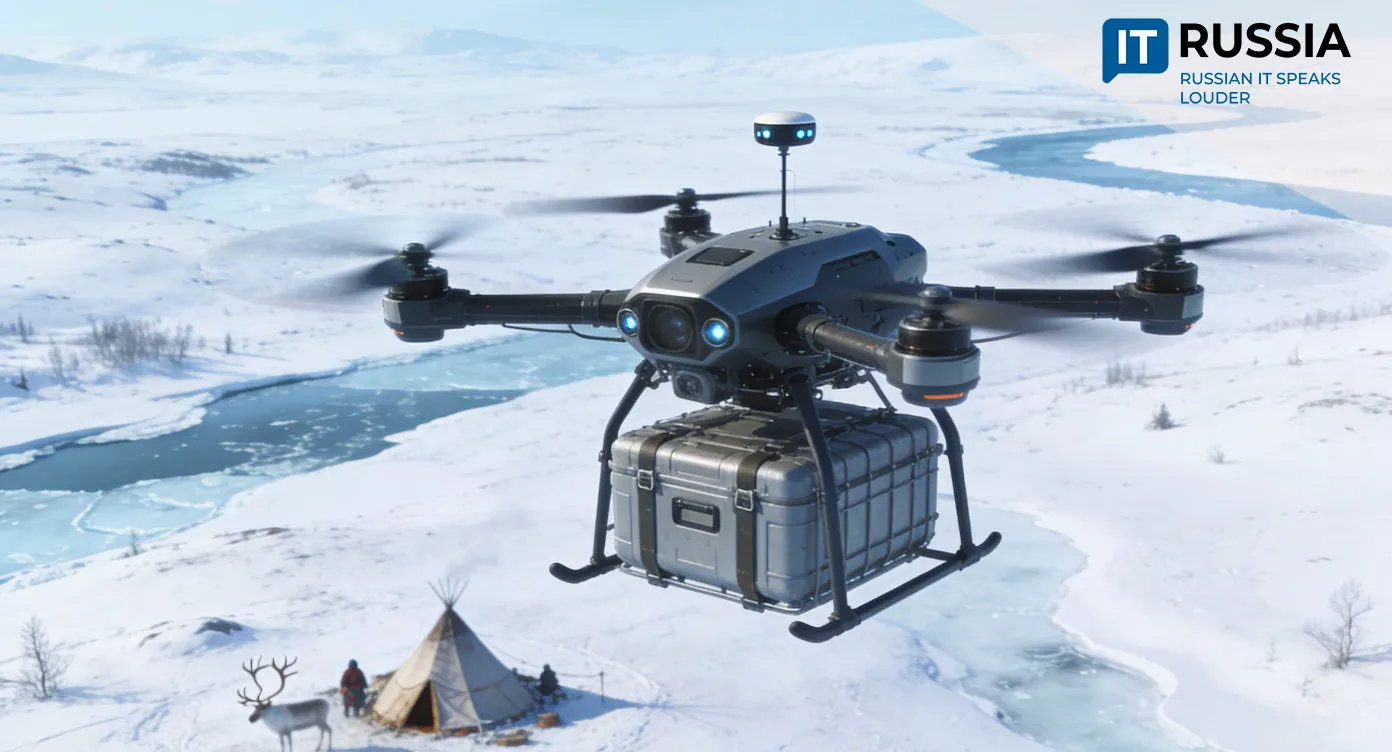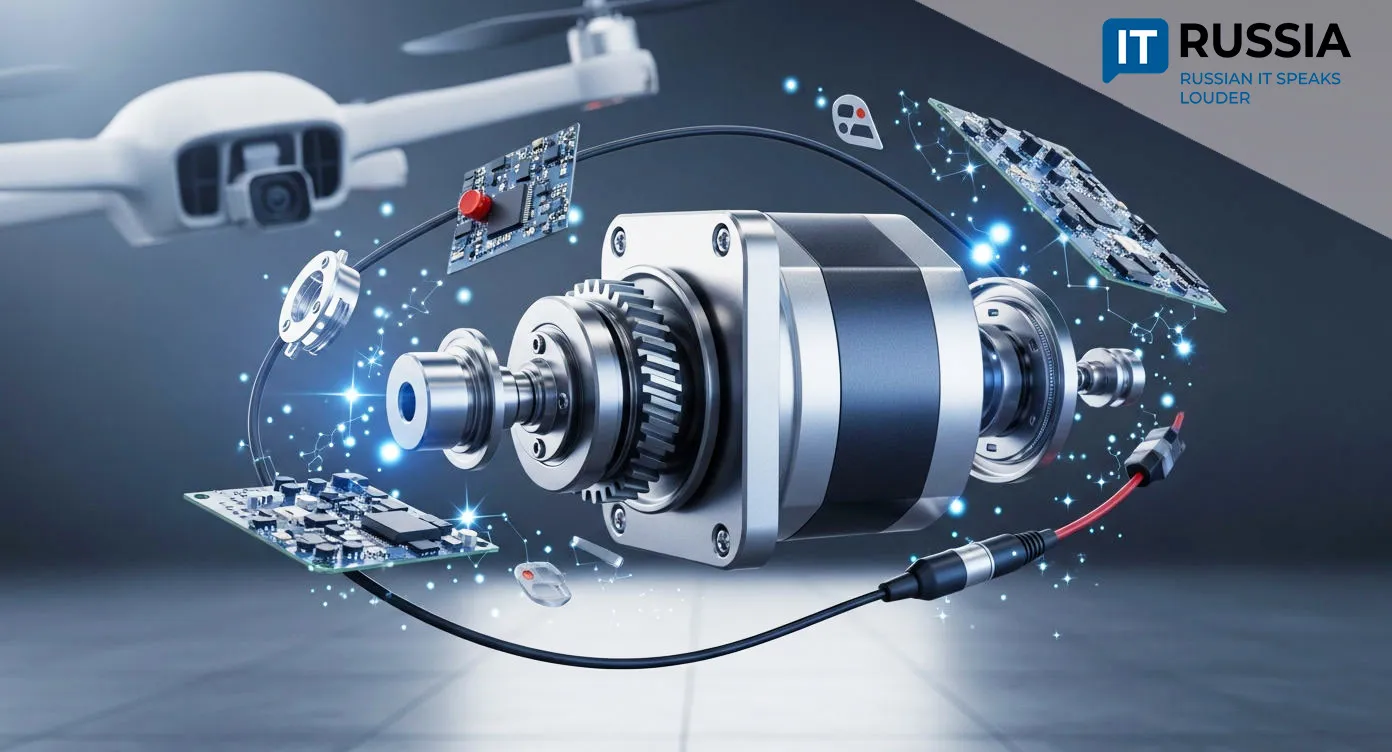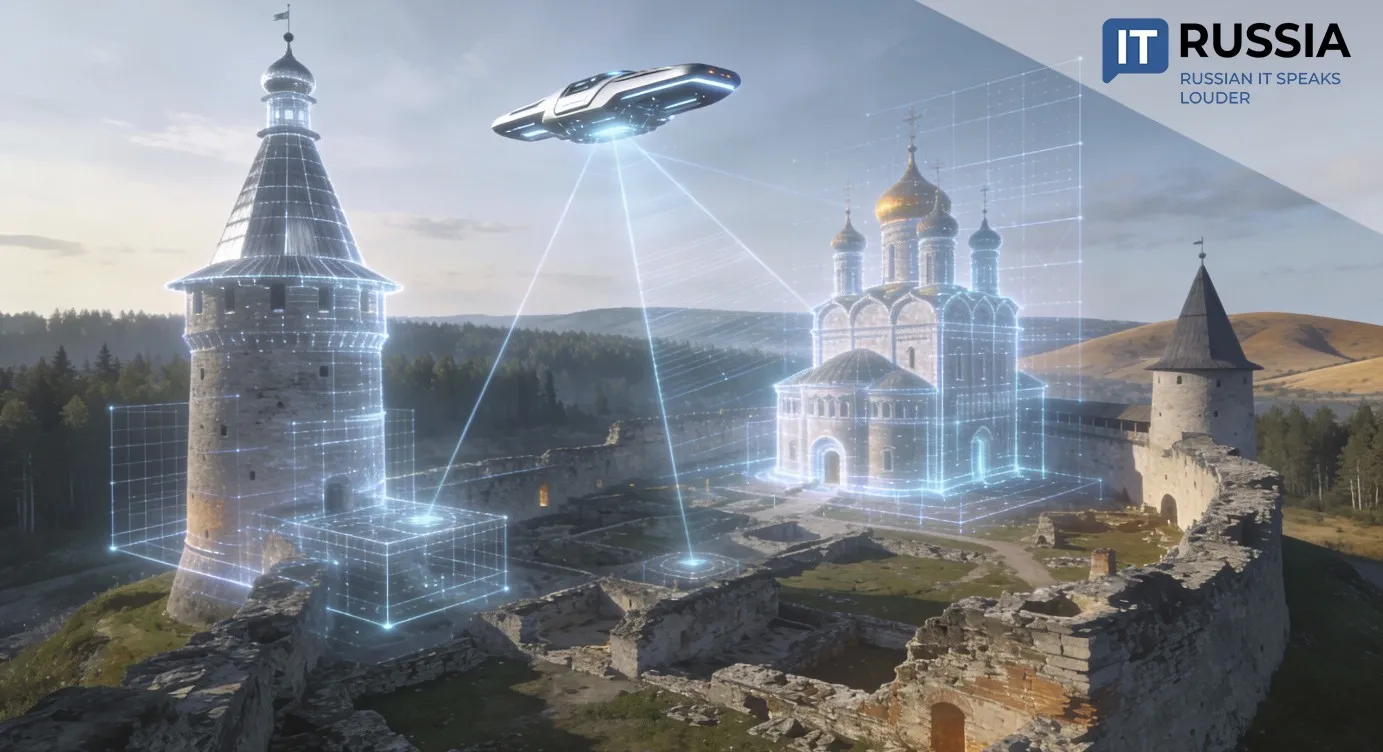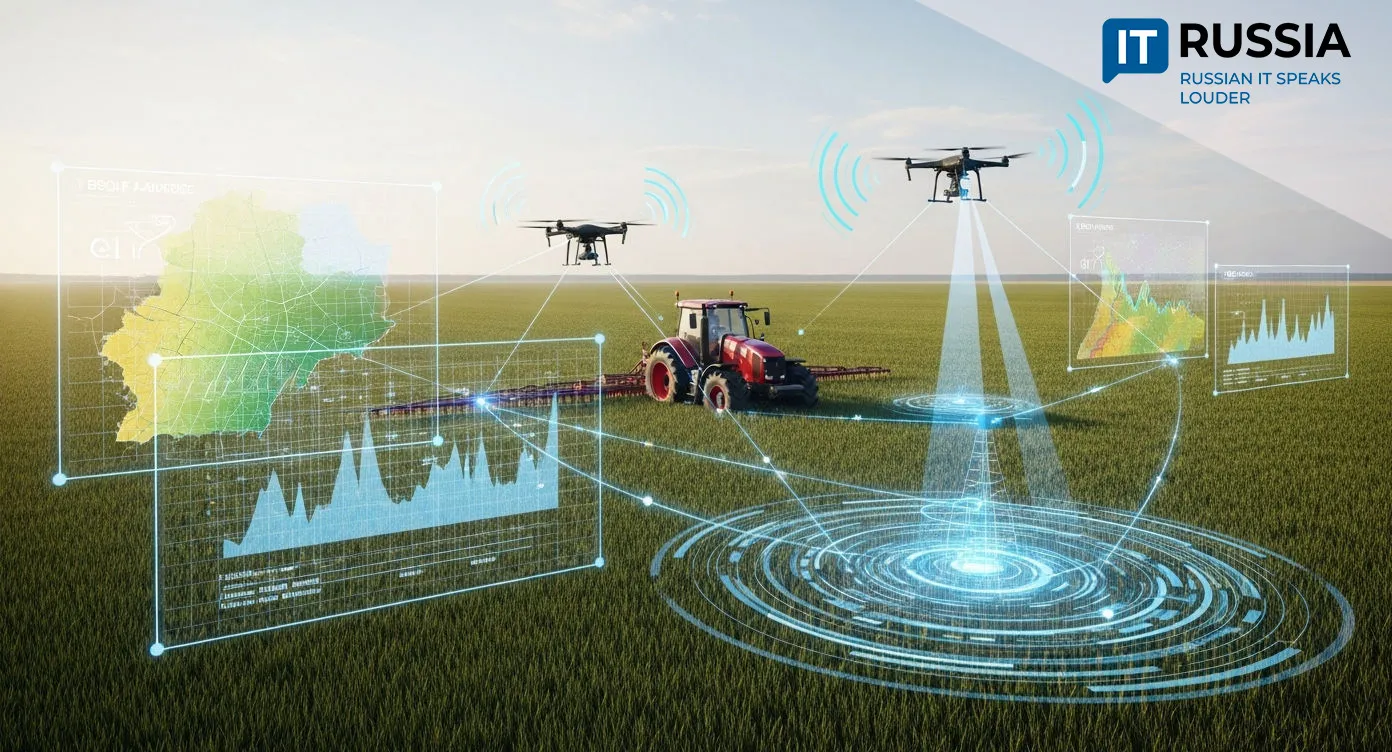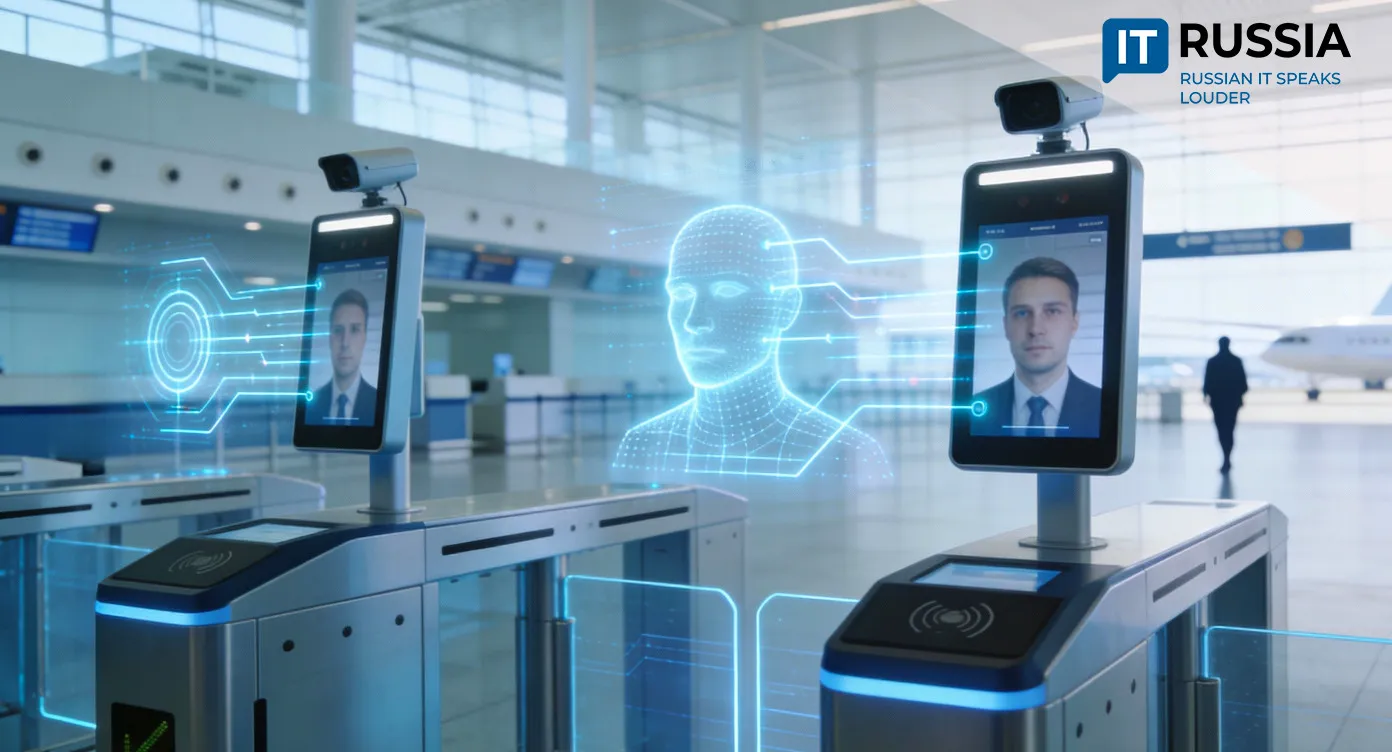Russia and China Launch Ambitious Joint Project on Autonomous Transport Networks

A new collaboration between Russia’s SPbPU and China’s Huazhong University aims to transform the way autonomous industrial vehicles are coordinated and controlled.
A Vision for Smarter Drone Coordination
The 2.5-year initiative, led by Vyacheslav Shkodyrev of the Peter the Great St. Petersburg Polytechnic University (SPbPU), focuses on optimizing control systems for fleets of industrial unmanned vehicles. The research incorporates multi-agent optimization, cyber-physical intelligence, and cognitive control under uncertainty. A key emphasis is on large language models (LLMs) that help these systems interpret context, adapt to environmental shifts, and make autonomous decisions.
The project won competitive funding from Russia’s Ministry of Science and Higher Education and will be carried out in partnership with Huazhong University of Science and Technology in Wuhan—one of China’s leading tech institutions.

Toward Industrial Application
This research holds strategic value for Russia’s emerging autonomous transportation sector and broader industrial automation landscape. The envisioned systems are intended for use in production facilities, disaster relief zones, and high-risk environments—delivering greater safety, reduced human error, and faster response times.
The ability to quickly assess situations and coordinate machines in real-time could make these systems indispensable in emergencies, as well as for routine logistics in complex manufacturing ecosystems.

The Technology Backbone
This isn’t just a project about algorithms—it’s about building full-fledged smart systems. The integration of AI and multi-agent frameworks will enable unmanned vehicles to self-coordinate, assign tasks, and reroute autonomously. Such capabilities are foundational for smart industrial infrastructure, intelligent logistics, and next-gen mobility ecosystems.
By embedding adaptability into cyber-physical platforms, researchers aim to create scalable solutions that evolve with their operating environments.
Global Science, Strategic Partnerships
SPbPU’s collaboration with Huazhong University creates a scientific bridge between two major innovation hubs. Through shared standards, joint publications, and open-source frameworks, the project builds a foundation for future co-developed solutions. It also opens doors to lab exchanges, international academic programs, and commercial pathways in Asia and beyond.

The partnership is part of a broader movement: over the last five years, SPbPU has led major initiatives in intelligent control systems, receiving funding from the Russian Science Foundation for work in modeling, engineering technologies, and AI for transportation. The university has also contributed to BRICS-led initiatives on autonomous technologies.
A Step Toward Tech Sovereignty
This project is more than an academic exercise—it’s a step toward Russia’s technological sovereignty in autonomous systems. Its outcomes will support smart logistics, emergency response, industrial robotics, and intelligent urban networks.
It also deepens the Russia–China innovation alliance, potentially accelerating breakthroughs in AI and cyber-physical systems across both regions. By cultivating homegrown expertise and exporting dual-developed solutions, the initiative strengthens national independence in critical tech domains.



